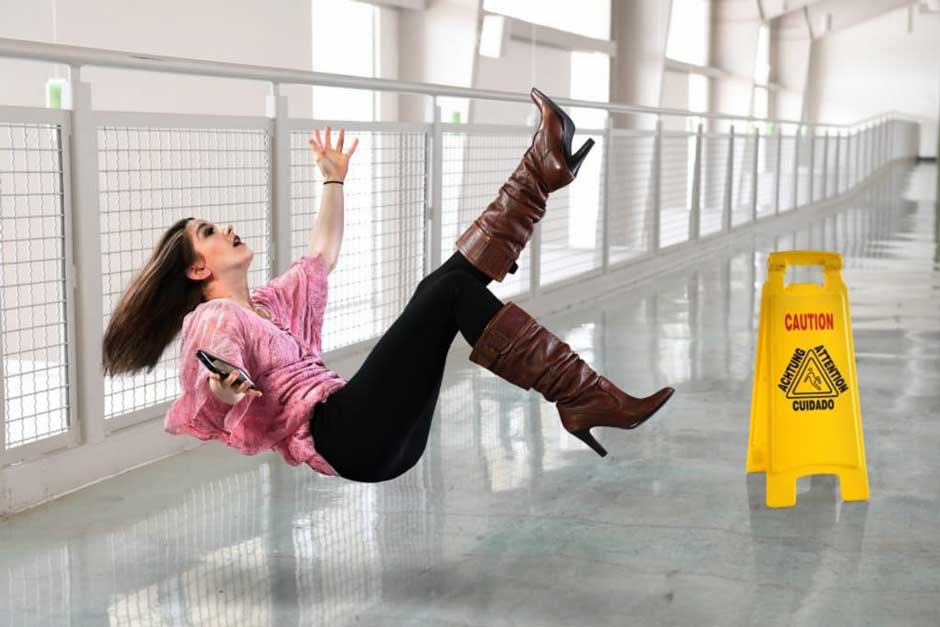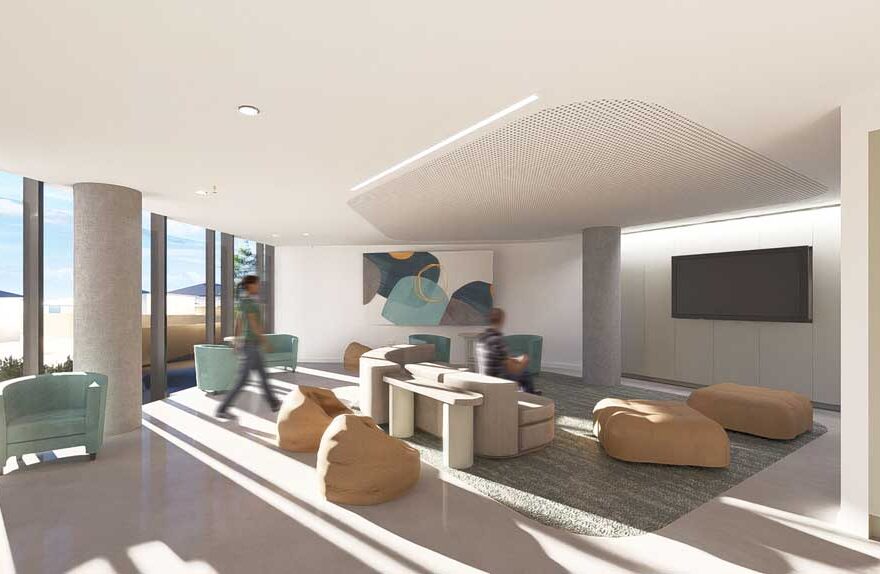Hidden Injuries to Look for After a Slip and Fall Accident

A slip and fall might seem minor at first. Maybe you are shaken up and embarrassed, but feel fine. The truth is, some of the most serious injuries from these types of accidents do not show up right away. In busy cities, where uneven sidewalks, icy steps, and busy commercial spaces are part of everyday life, these incidents are more common than you might think.
That is why knowing what to watch out for and what to tell your doctor or legal team is essential. Especially when hiring a slip and fall attorney, you will want to understand the full scope of your injuries, even those hidden beneath the surface. Some of the most common “invisible” injuries people experience after a slip and fall, and why early diagnosis is key, including:
1. Soft Tissue Injuries
Soft tissue injuries, like sprains, strains, and small muscle tears, are hard to detect without medical imaging. You might feel sore the next day or think you have “slept wrong.” But these injuries can worsen without treatment and may significantly limit your mobility.
2. Whiplash and Neck Strain
Whiplash is commonly associated with car accidents but is also a frequent result of slip-and-fall incidents, especially when your head jerks backward or to the side as you try to catch yourself. You may not feel the pain immediately. It can develop for 24–72 hours, presenting as neck stiffness, headaches, dizziness, or even ear ringing. If left untreated, whiplash can cause chronic neck pain or limited range of motion.
3. Concussions
If you hit your head in a fall, you could suffer a concussion. Sometimes people do not even realize they have had one. Signs might include confusion, memory issues, trouble concentrating, blurred vision, and nausea. Because symptoms can delay, many people do not connect them to the fall until much later. But a concussion is a brain injury, and even a mild one should be taken seriously.
4. Spinal Injuries
Falls can lead to a herniated disc and other spinal issues, especially if you land on your back during the fall. You might not feel anything at first, but you could develop numbness in your legs or arms days later. These injuries can worsen without treatment and may require physical therapy, injections, or surgery in severe cases. Early diagnosis can prevent long-term complications.
5. Internal Bleeding or Organ Damage
Although rare, a hard impact to the abdomen and torso can cause internal bleeding. These injuries are dangerous because there may be no visible signs. If you hit your midsection during a fall, even if you feel okay, it is smart to get checked out.
Why You Should Always Seek Medical Attention
The rush of adrenaline and embarrassment after a fall can mask pain and trick your body into thinking it is okay. That is why you should never skip a medical checkup after a slip and fall. A doctor can evaluate you for hidden injuries before they become serious.
The Legal Side of Hidden Injuries
From a legal standpoint, documentation is critical. If your injuries do not show up in medical records immediately, insurance companies may argue that the fall did not cause them. That is a common tactic to reduce or deny your claim. That is why being proactive when hiring a slip and fall attorney is essential. A knowledgeable lawyer will understand how hidden injuries work, how to document them properly, and how to build a strong case reflecting the impact of your fall.
Conclusion
In conclusion, slip and fall injuries are not always visible, and their delayed onset can make them even more dangerous. Do not dismiss your symptoms or try to tough it out. Your health and legal rights depend on taking your injuries seriously from the start. Therefore, stay informed, get the medical care you need, and contact a legal professional who can fight for your rightful compensation.


